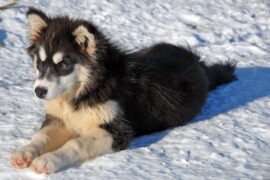Today, Scandinavian last names are sprinkled across the globe, leaving traces of Nordic heritage in their wake.

Chances are, you’ve met someone whose last name ends in “-son”.
And while names ending in “son” are most instantly recognisable as Scandinavian, there’s a lot more to know about Nordic last names and the surprising ways that they have developed over time.
This post will give you a quick overview of Scandinavian surnames, showing where some of the most popular names came from and how they have evolved in each country.
If you want to learn about last names from specific Nordic countries, be sure to check out our posts on Danish, Swedish, Norwegian, Finnish and Icelandic surnames.
Common themes of Scandinavian last names
Scandinavian last names abroad
Modern changes and challenges
Fun facts about Scandinavian last names
Most common Scandinavian surnames
Origins and common themes of Scandinavian last names
Scandinavian last names are often rooted in the region’s ancient naming practices, with many stemming from patronymic and matronymic cultures.
This means that instead of inheriting a fixed family surname as most people do today, individuals often took on names derived from their parents’ first names.
Take a trip to Iceland, and you’ll quickly notice that most surnames end in “-son” and “-dottir”. These aren’t just stylish endings; they tell a story.
The suffix “-son” means “son of”, while “-dottir” means “daughter of”.
So, if Magnus has a son named Erik, the child would be called Erik Magnusson. Similarly, if Magnus has a daughter named Anna, she would be known as Anna Magnusdottir.
While specifics vary across the Scandinavian region (which we will get into shortly), themes of family, nature and profession often intertwine to form evocative surnames.
Swedish last names
Originally, many Swedish last names derived from patronymic practices, similar to other Scandinavian countries.

However, as time evolved, these names became fixed and passed down through generations, unlike the fluid naming conventions in places like Iceland.
And while you might find the “-son” suffix here, denoting “son of”, its use in Sweden has evolved to be a hereditary surname rather than a strict patronymic marker.
Sweden’s shift from fluid patronymics to fixed surnames mirrors trends seen in Denmark and Norway. This differs significantly from Iceland’s continued use of the dynamic “-son” and “-dottir”naming system.
Aside from patronymics, Swedish surnames also often derive from nature-themed words or occupational references.
Common prefixes like “Lind-” (lime) or “Berg-” (mountain) and suffixes such as “-ström” (river) or “-lund” (grove) have their origins in nature or work.
As for famous Swedes, there’s no shortage. Think of Ingmar Bergman, the legendary film director with “berg” in his name.
Or Zara Larsson, the pop singer, whose surname clearly draws from the old patronymic practice.
Norwegian last names
Like its neighbours, Norway was no stranger to patronymic naming. Here too, surnames often derived from a father’s first name, frequently with the addition of “-sen” and “-datter”.
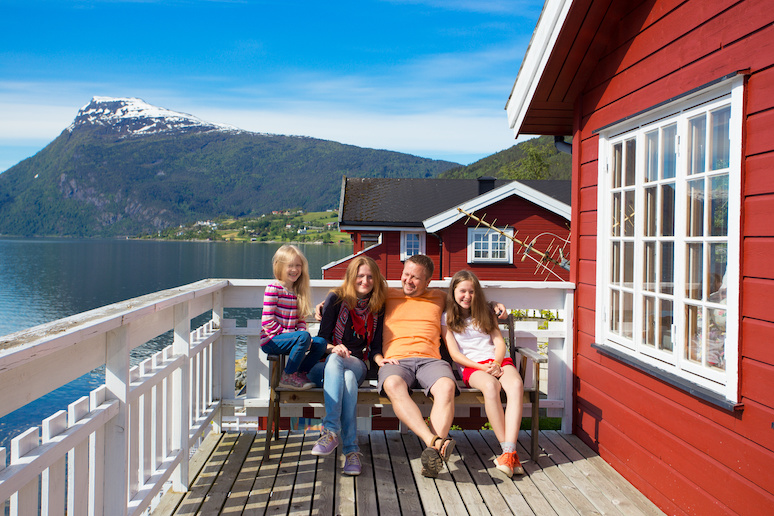
So, if Ole had a daughter named Ingrid, she might be called Ingrid Oledatter.
Common threads in Norwegian last names often resonate with the nation’s deep ties to nature. Suffixes like “-haug” (meaning hill or mound) or “-nordd” (north) occur frequently.
There’s also a fondness for using farm names or places of origin as surnames, a tradition more common in Norway than in the rest of Scandinavia.
Like Denmark, Norway uses the “-sen” suffix, rather than Sweden’s and Iceland’s “-son”.
Notable figures? The composer Edvard Grieg has a name that derives from the old Viking word “Grið”, meaning truce.
Then there’s the writer Roald Dahl, whose surname comes from “dal”, meaning valley, reflecting Norway’s picturesque landscapes.
Icelandic last names
Iceland stands apart in the Nordic naming world. While most of Scandinavia has shifted away from older customs, Iceland firmly embraces its patronymic and matronymic traditions.
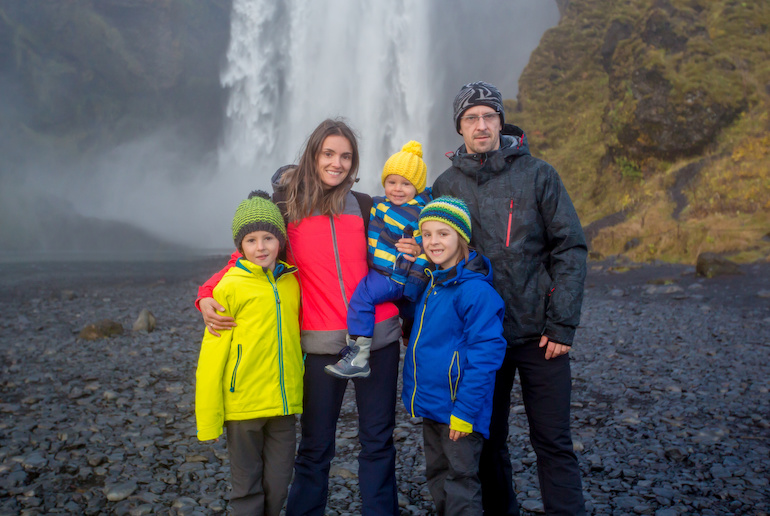
Here, it’s not just about family history, it’s the present-day narrative.
A child’s last name typically derives from their parent’s first name, followed by either “-son” (son of) or “-dottir” (daughter of).
So, Bjorn’s daughter might be called Sigrid Bjorndottir, and his son could be Magnus Bjornson.
This means that, in Iceland, the “-son” and “-dottir” suffixes tell personal tales of one’s immediate family, while in other Scandinavian countries, last names have become more fixed, focusing on ancestral lineage.
Iceland’s notables? With the singer Björk Guðmundsdóttir, her surname shows that she is the daughter of Guðmundur.
And the footballer Aron Gunnarsson is clearly the son of Gunnar.
And Iceland’s progressive Gender Autonomy Act has introduced the gender-neutral “-bur” suffix, ensuring that everyone, regardless of gender identity, has a space within Iceland’s naming tradition.
Finnish last names
Unlike the widespread use of the “-son” suffix in its neighbouring countries, Finnish surnames often take inspiration from nature, landscapes and occupations.
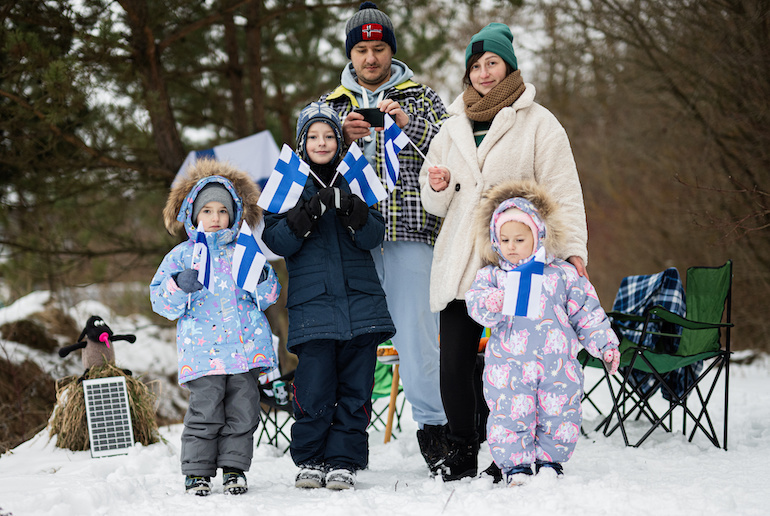
The suffix “-nen”, is a common ending and typically suggests “small” or “originating from”.
Finnish surnames such as Mäkinen (from “mäki” meaning “hill”) or Virtanen (from “river”) derive from the country’s deep connection with its landscape.
A good example is the legendary runner Paavo Nurmi, whose name derives from “nurmi” meaning “lawn” or “pasture”.
As for other famous Finns, Linus Torvalds stands out. The brain behind Linux, his surname, interestingly, has Swedish origins, reflecting Finland’s diverse linguistic and cultural history.
Danish last names
Denmark, with its regal history and vibrant culture, presents an interesting blend of naming traditions. Historically, Danes too dipped their toes in the patronymic pool.
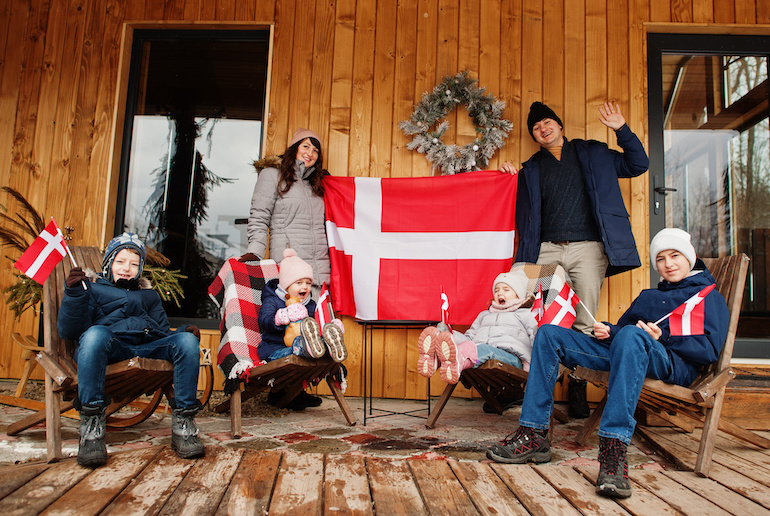
Much like their Swedish and Norwegian neighbours, a son of Anders would be Andersen, meaning “son of Anders”.
While some Danish surnames are also drawn from places, landmarks and professions, the “-sen” suffix which mirrors its Nordic cousins, is common.
Footballer Christian Eriksen, for example, carries the prevalent “-sen” suffix in his surname, a nod to classic Danish patronymics.
Scandinavian last names abroad
As Scandinavians journeyed to new shores, especially during the 19th and early 20th century migration waves to the United States, they didn’t just bring their luggage – they brought their names.
This migration had a lasting impact, weaving Scandinavian surnames into the fabric of many global societies.
In the US, for instance, there’s a notable presence of these Nordic names. But with new lands come new customs. To simplify, many Scandinavian names underwent modifications.
A prime example is that the double “ss” simply became a simple “s”. So, the Swedish Andersson evolved into Anderson on American soil.
This integration went beyond just simplification. As families settled and generations passed, these names evolved, often becoming more anglicised, yet always retaining a hint of their Scandinavian origins.
Modern changes and challenges
As time moves on, naming in Scandinavia is changing too. Today, there’s a push for names that fit everyone’s identity.
Traditional names often focus on being a son or daughter, but what about people who don’t feel that fits them? Countries like Iceland are making changes.
As we mentioned above, they’ve added new suffixes like “-bur” that don’t point to a specific gender.
Then there’s the trend of joining two last names together, like “Andersson-Vik”. This is a way for both partners in a couple to share their family names equally.
But what happens if their kids marry someone with another double name? Will they pick and choose, or maybe find a new way to combine all four names?
In short, as the world changes, so do names. And Scandinavia is finding new ways to honour both the old and the new.
Fun facts about Scandinavian last names
Here are some bonus tidbits about Scandinavian last names:
- Some surnames, like Jensen, Andersen and Larsen, are popular across Denmark, Norway and Sweden, showcasing a common Scandinavian link.
- Many Scandinavian last names trace their origins back to the Vikings, particularly those that were descriptive, or hinted at personal characteristics or places of origin. Also, a “-sen” suffix is often an indicator of Viking origins.
- The “-nen” ending in many Finnish surnames is a diminutive suffix, implying “little” or “descendant of”. So, Heikkinen might mean “little Heikki” or “descendant of Heikki”.
- In Norway and Sweden, it was once common to take your farm’s name as your last name, especially when moving to urban areas. Even today, many Norwegians and Swedes have surnames that are names of old farms from where their ancestors hailed.
Most common Scandinavian surnames
And finally, here are the top five most common surnames in each of the Scandinavian countries.
| Sweden | Norway | Iceland | Finland | Denmark | |
| 1 | Andersson | Hansen | Jónsdóttir | Korhonen | Nielsen |
| 2 | Johansson | Johansen | Jónsson | Virtanen | Jensen |
| 3 | Karlsson | Olsen | Sigurðardóttir | Mäkinen | Hansen |
| 4 | Nilsson | Larsen | Guðmundsdóttir | Nieminen | Andersen |
| 5 | Eriksson | Andersen | Guðmundsson | Mäkelä | Pedersen |
See also:
Scandinavian boy names
Norse names and their meanings: the best Norse names
Scandinavian dog names: fun ideas for your new puppy


